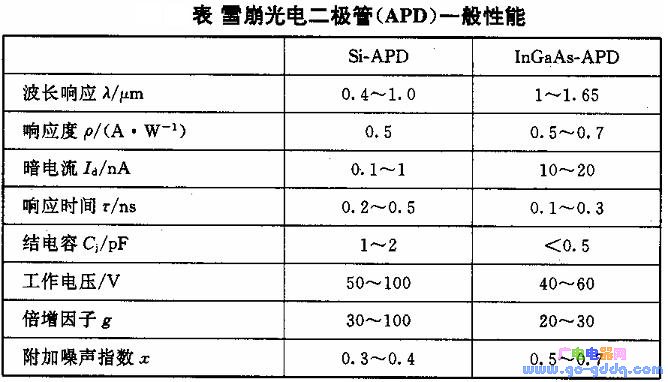Avalanche photodiodes (APDs) are known for their high current gain, exceptional sensitivity, and fast frequency response, with bandwidths reaching up to 100 GHz. As a result, they are currently the fastest responding photodiodes available. These devices are widely used in applications that require the detection of weak optical signals, such as in fiber-optic communication systems, lidar, and scientific instrumentation.
When designing an avalanche photodiode, it is crucial to ensure uniform carrier multiplication across the entire photosensitive area. This requires the use of high-quality, defect-free materials, advanced fabrication processes, and smooth surface structures to minimize noise and improve performance.
However, APDs do have some disadvantages. They are sensitive to temperature fluctuations, which can significantly affect their performance. Additionally, the manufacturing process is complex and demanding, requiring precise control over doping levels and electric field distributions.
The performance of an APD can be influenced by various factors, including bias voltage, temperature, and the wavelength of the incident light. To optimize its operation, careful selection of operating conditions and proper thermal management are essential.
Below is an image showing the performance characteristics of an APD photodiode:


Cable Accessories,Performed Strain Clamp,Aluminium Alloy Preformed Guy Grip Dead End
Shahe Yipeng Import and Export trading Co., LTD , https://www.yppolelinehardware.com